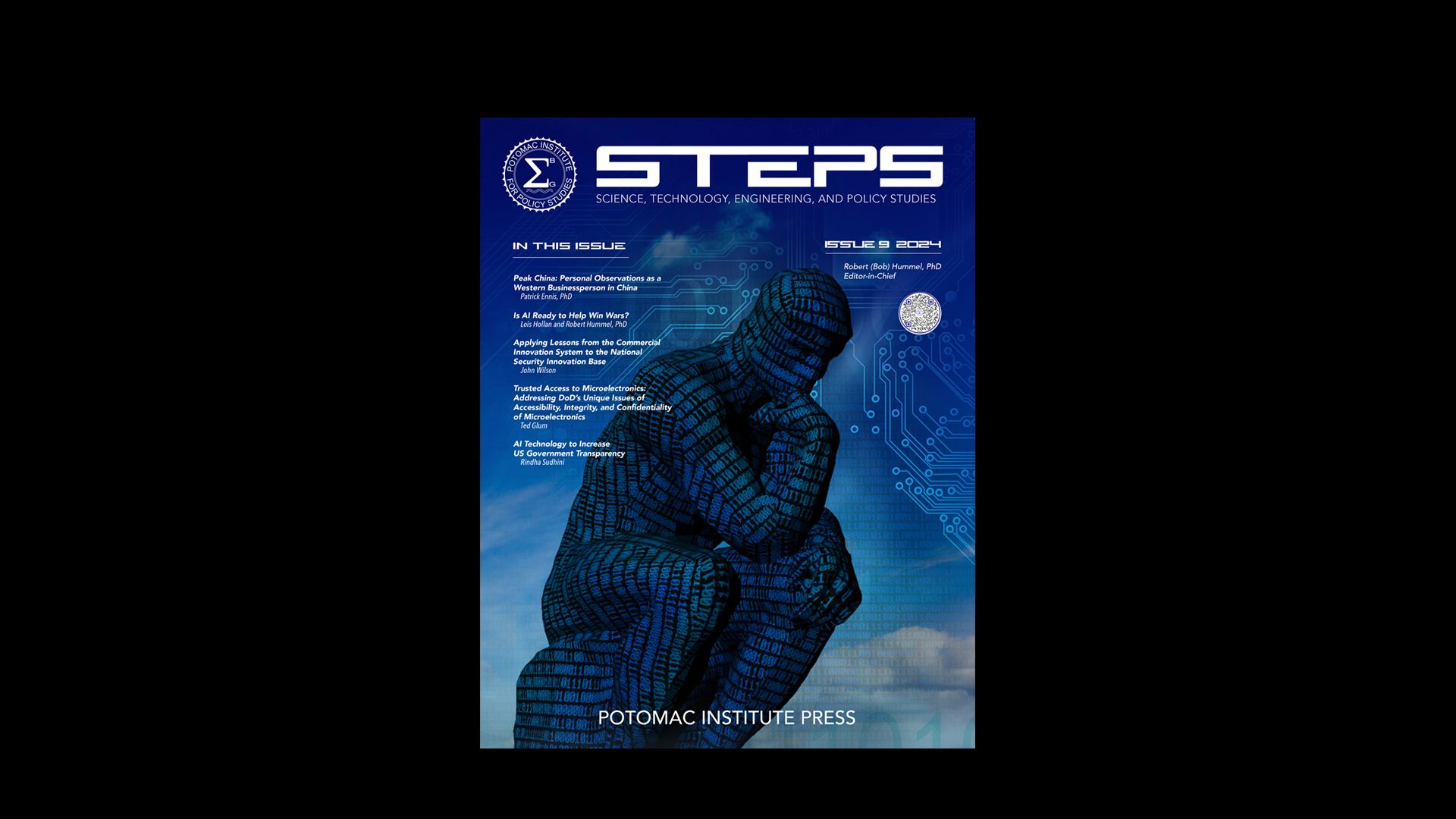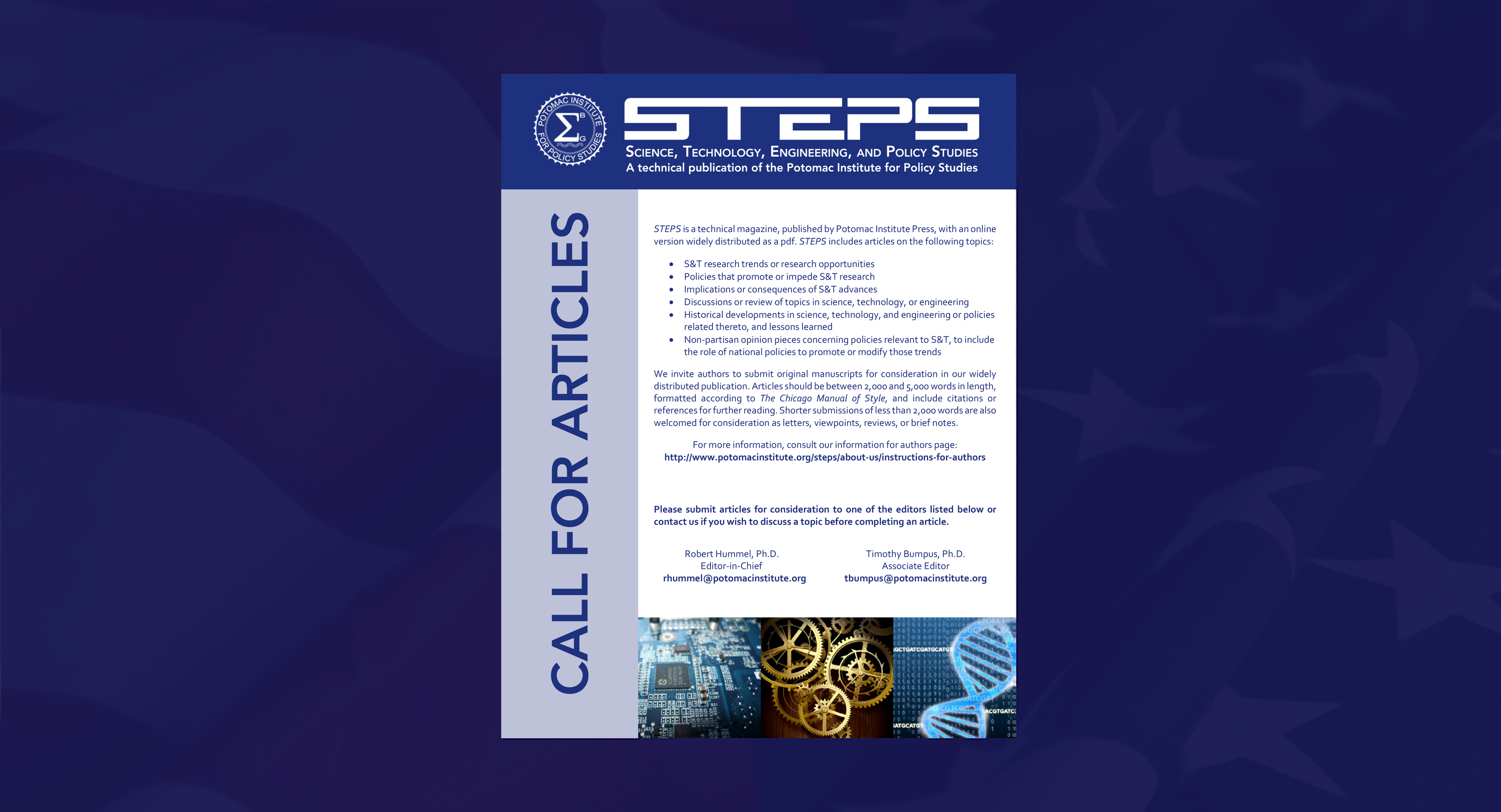HEADLINE: Flu is no typical pandemic; WHO tries to reassure
SUMMARY: The Geneva-based World Health Organization is expected to declare the first flu pandemic in 41 years, said sources who spoke on condition of anonymity. WHO is using the time before the announcement to help member states prepare and is considering a three-point scale to denote different levels of severity once Phase 6 has been declared.
STORY LINK: http://www.bloomberg.com/apps/news?pid=20601087&sid=aT9sIzRoUnNo&refer=home
HEADLINE: Swine flu cases in Australia may prompt pandemic call
SUMMARY: As the World Health Organization nears a declaration of the first influenza pandemic in more than 40 years, reported swine flu cases are nearly doubling every two days in Australia. The flu is predicted to peak there in July, during Australia’s winter. The country has the most recorded cases outside of North America.
STORY LINK: http://www.bloomberg.com/apps/news?pid=20601081&sid=aiR3RvqvayrQ&refer=australia
ANALYSIS: Despite having seemingly dropped out of sight (except in the New York City area), swine-origin H1N1 and the scientists working to counter it remain incredibly active. What now comes to light are generally unrecognized aspects of the global influenza cycle. The first issue is the migration of the illness. The typical “flu season” coincides with the advent of colder weather; this remains constant. Winter is just beginning in the Southern hemisphere, hence so is their flu season. Reports of H1N1 spreading through Australia are, therefore, to be expected. There are areas of the world that do not experience flu season. The tropics experience a year-round susceptibility to influenza, as evidenced by the ongoing surveillance of H5N1 throughout Southeast Asia.
This global movement of the virus is the driver behind the second aspect – the WHO now classifies a disease as a pandemic not by the severity of the illness but rather by the geographic dispersion. While the H1N1 strain does not appear to be any worse than a “normal” flu at this time, it has reached the classification thresholds of human-to-human transmission and presence across the globe. The gap between declaring a global presence and assessing the danger to mankind is one that WHO is currently addressing. Forthcoming amendments to the WHO Influenza classification scheme will include indices of severity that will allow health authorities to plan accordingly.
As global tracking continues and the public health community adjusts how it classifies the danger, development of a vaccine is progressing, albeit at a necessarily slow pace. Many factors impact this. Isolation of the virus is the first challenge. This is then used to develop a vaccine for that particular strain. Worldwide production capacity, variations in the speed at which the virus will grow within eggs and potential mutations of the virus can all impact the availability and effectiveness of the eventual vaccine. Limits on capacity also mean that a H1N1 vaccine will be produced at the cost of the regular trivalent seasonal flu vaccine. These limiting factors have prompted calls on the world public health stage for increased vaccine production capacity. That reality will require significant investment during a time of global economic downturn.
This leaves us with the following conclusions:
1. The ability to counter a significant influenza outbreak is unlikely to increase in the foreseeable future.
2. There is no way to predict if the current strain will increase in virulence or lethality; or if it will be replaced by another, possibly more dangerous, strain.
3. While pandemic flu is seemingly “off the radar screen,” it is quite active and lurking at the edge.
This seeming hiatus affords a window of opportunity to plan for the coming flu season. Much as a wise sailor heeds gathering storm clouds, prudent individuals and businesses should be mindful of the potential danger coming this autumn.

















